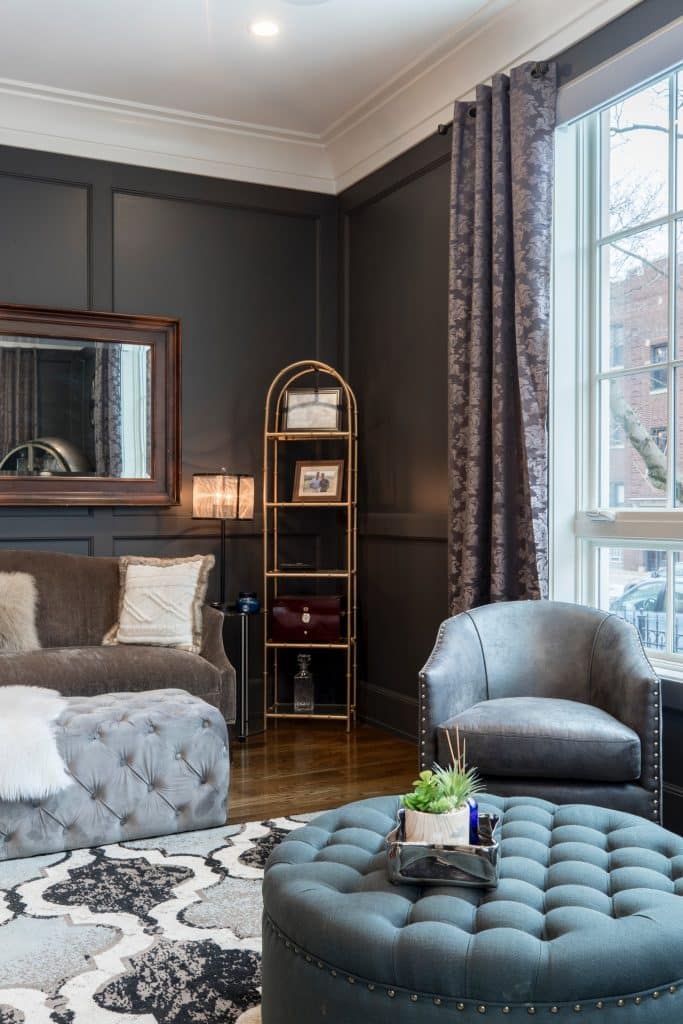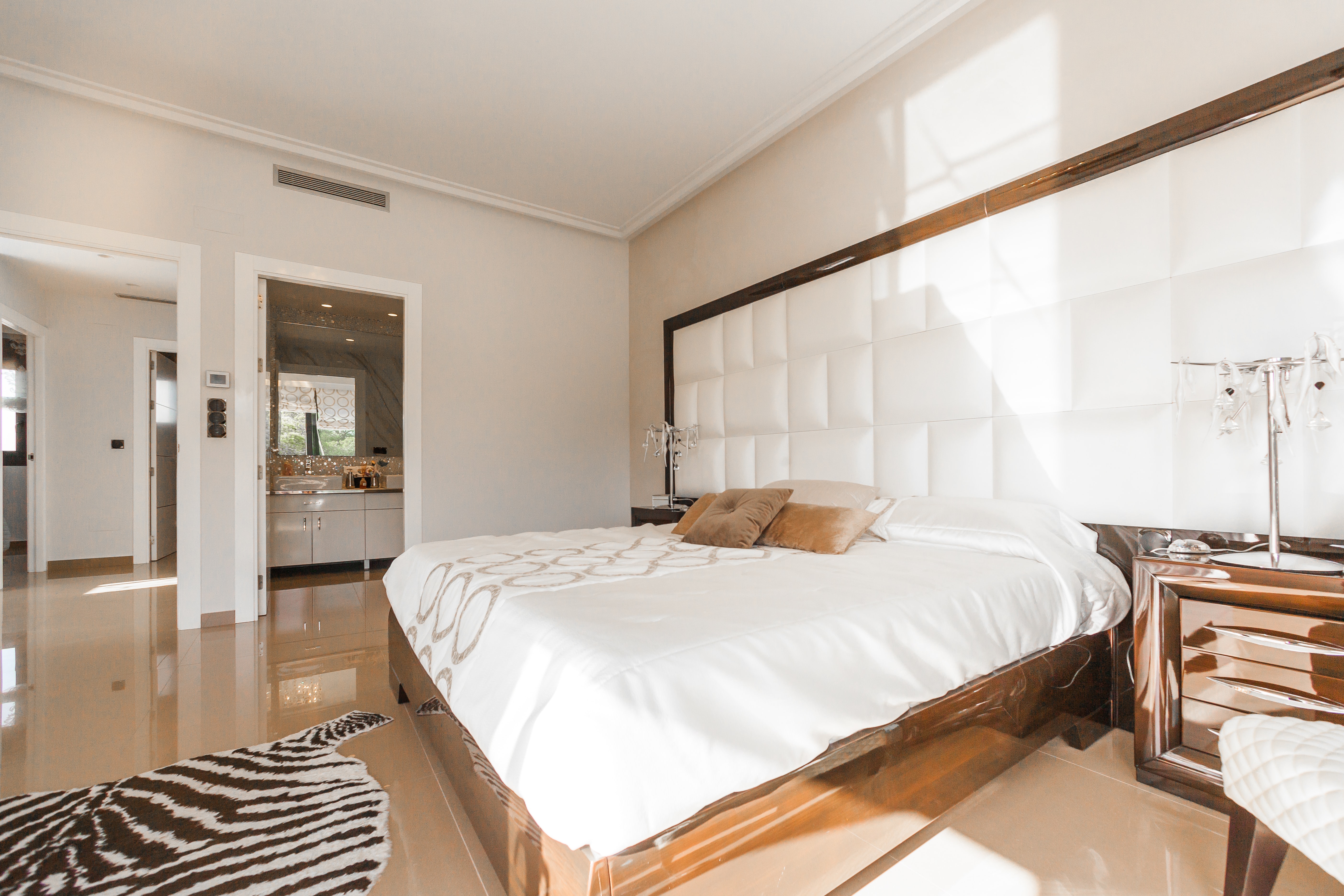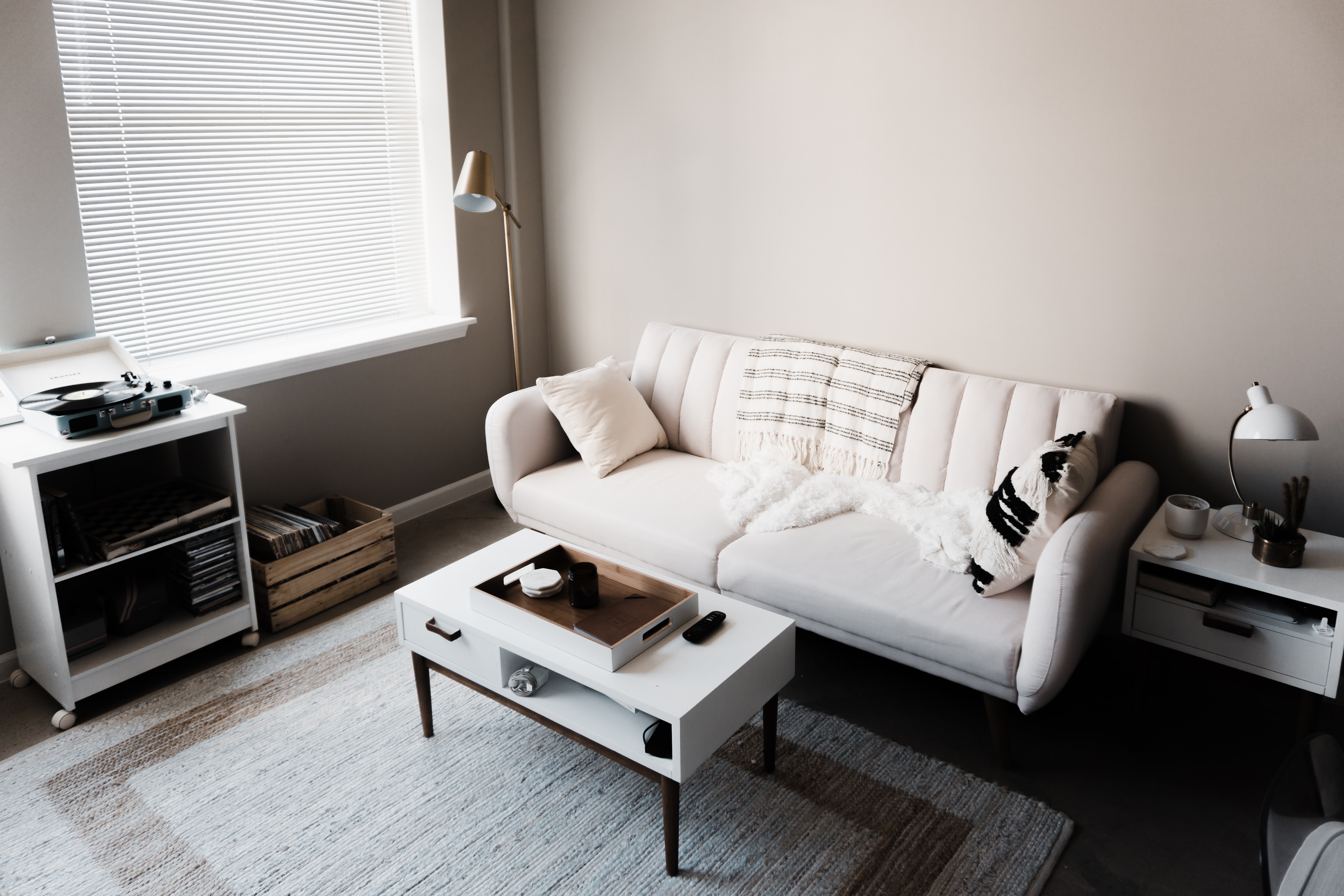If everything about real estate photography so far sounds good to you, it’s time to start thinking about building your career.
Just remember: As much as you want to start ASAP, you also want to ensure that you’re being upfront about your skills and experience. If you’re just starting out, ensure that your clients know you’re a beginner and that your prices accurately reflect this. You don’t want to overpromise and underdeliver, especially in these beginning stages where word of mouth, networking, and reviews are so essential to your success.
Let’s get into this step by step.
It should come as no surprise that real estate photographers should be skilled and experienced with photography.
For some, this might mean formal education where you specifically learn the art of photography in a school setting, and then upon graduating, you decide to go into real estate photography.
For others, you might have been treating photography as a hobby for years, and are now realizing your passion project could turn into a career.
Whatever the case, if you’ve decided that you want to become a real estate photographer, you should be intimately familiar with photography, including photography equipment, composition, and lighting. As always, remember, with photography, practice makes perfect.
Speaking of practice, once you’ve studied photography—whether in a school setting or not—it’s time to put what you’ve learned into action.
While most photography schools and programs will provide you with hands-on training, it is important for you to start taking pictures on your own without guidance.
Experiment with different settings, take photos in different lighting, and don’t forget, if you want to become a real estate photographer, it’s important for you to start practicing specifically with indoor spaces.
NOTE: If you’ve already attended photography school, you likely already have photography equipment. However, if you don’t, it might be time to invest. Once you start working with clients, it will be expected that you have your own equipment that is capable of producing professional photos. Consider that you will most commonly need wide angle and ultra-wide angle lenses, and, depending on your specialization, tilt shift lenses. Tilt shift lenses allow you to control and change perspective and the plane of focus to correct lines to minimize distortion in this subject matter that is so commonly defined by straight lines.
After you’ve started gaining some confidence with your camera and shooting real estate, it’s time to learn editing software.
As a real estate photographer, learning how to professionally edit photos is key. Not only because your real estate photos need to look top-notch, but also because real estate agents often expect a quick turn-around time from their photographers.
If you’re not familiar with editing software or take a long time to get the photos to your client, you might have issues building your career.
Always one of the key steps for any photographer, don’t discount the importance of putting together your portfolio.
A portfolio is essentially your visual resume for your work. It shows off your style, highlights the clients you’ve worked with (if you’re at the stage of working with clients), and allows potential clients to see your skills as a real estate photographer.
To get started with a portfolio, we highly recommend setting up a photographer website and housing your portfolio online. Having your portfolio accessible online ensures that you can easily share your work with any potential clients.
In addition, if you house your portfolio on your website, you’ll have the ability to utilize more online marketing materials, including blog posts, email newsletters, booking software, and a full biography.
Format makes this easy with our professionally designed portfolio templates and workflow solutions that can help you get your real estate photography website up and running in no time.
If you need some tips and tricks, check out this resource all about putting together a portfolio for real estate photography.
Once your website is up and running, and you feel like you have a portfolio that shows off your best work, it’s time to start looking for clients.
Keep in mind, if you’re wondering how to go from portfolio to clients, start small and work your way up. You likely won’t land your dream client right off the bat, but the more you keep networking and marketing, the closer you will get to building up your portfolio and finding your ideal client.
In addition, don’t be afraid to work at a discounted rate or for free at this beginning stage. We’ll talk more about pricing your services in the next section, but in general, keeping your fees low at this beginning stage can help you with building up a client base, as well as providing your portfolio with professional work.
If you’re looking for more in-depth information to help you get your career started, check out this guide for aspiring real estate photographers




